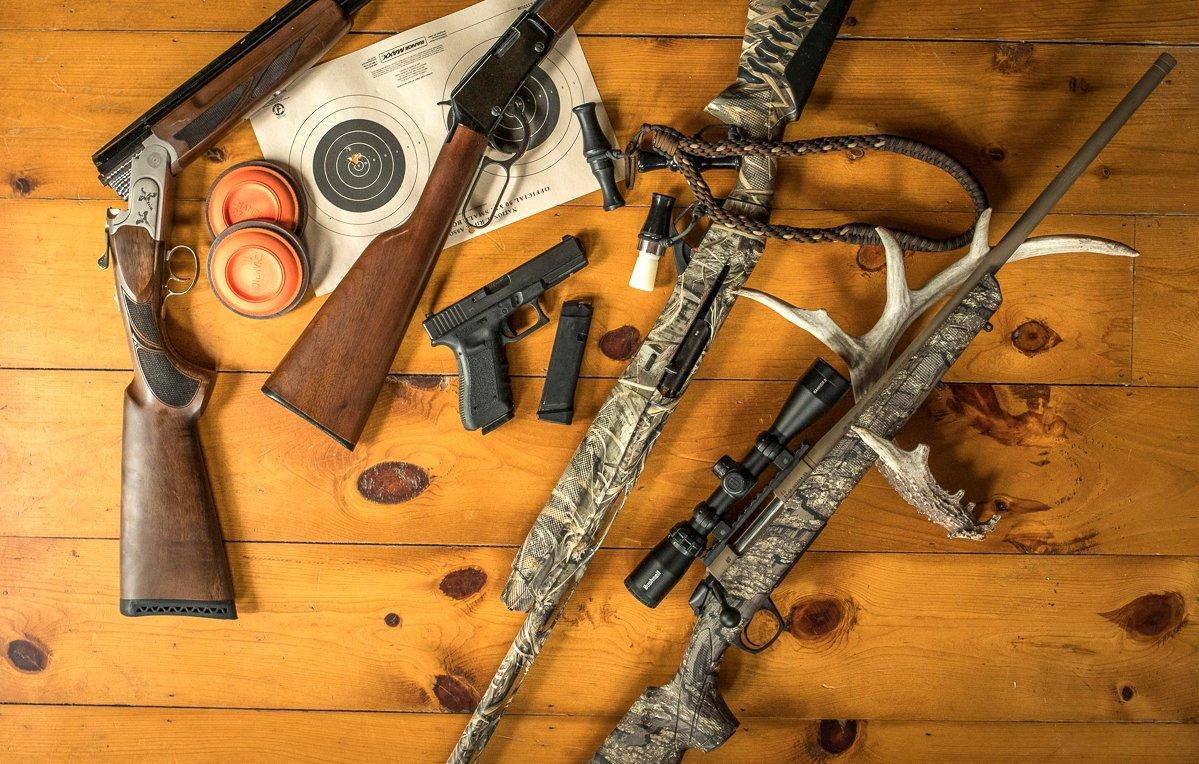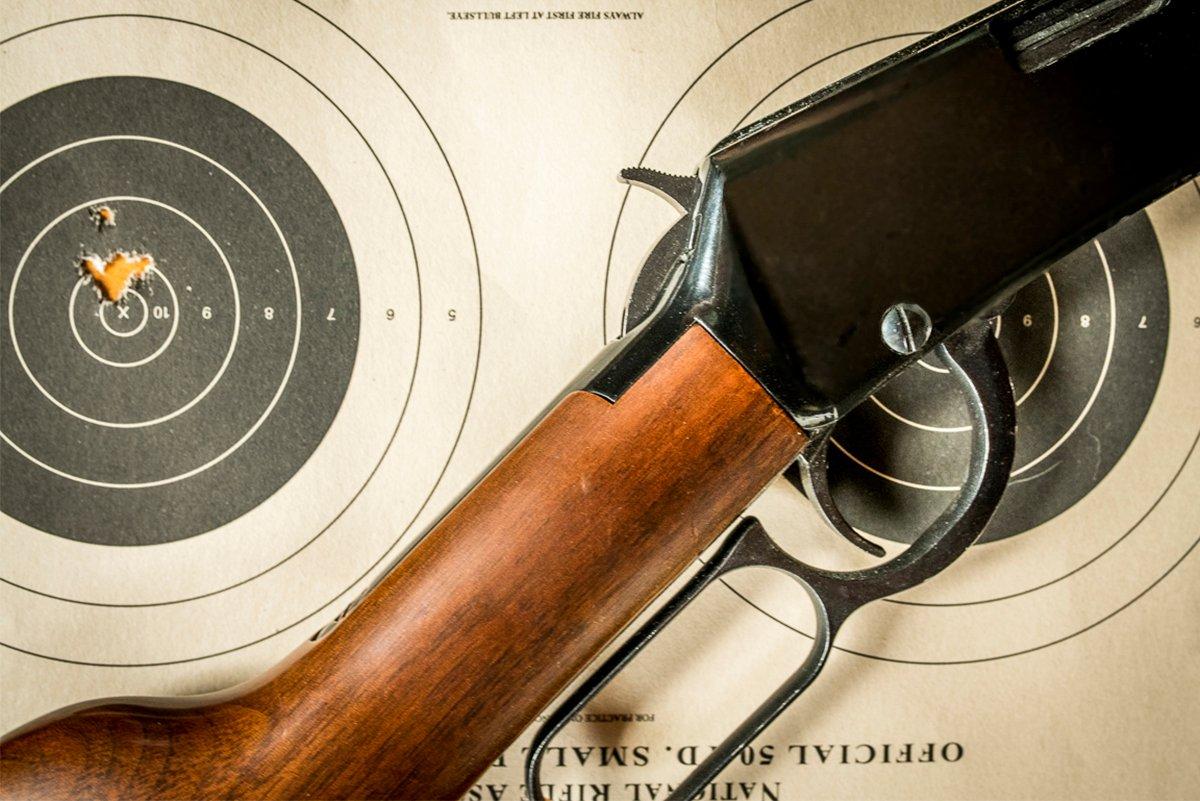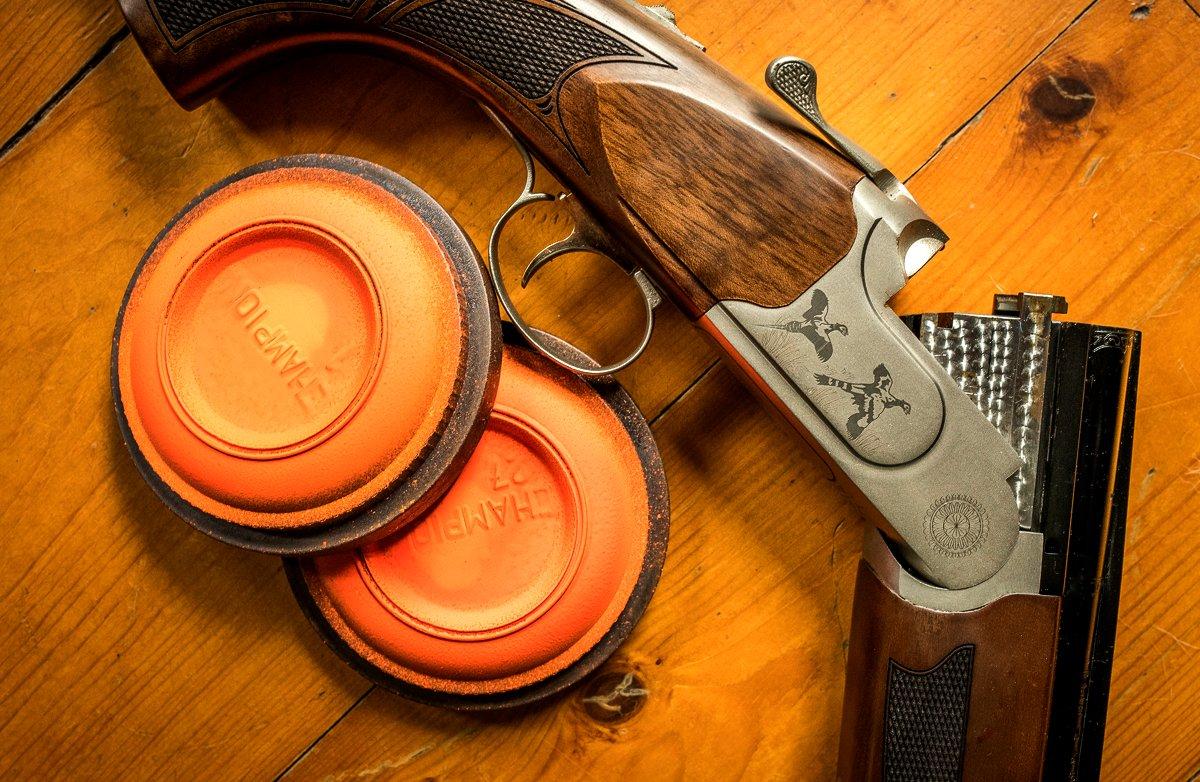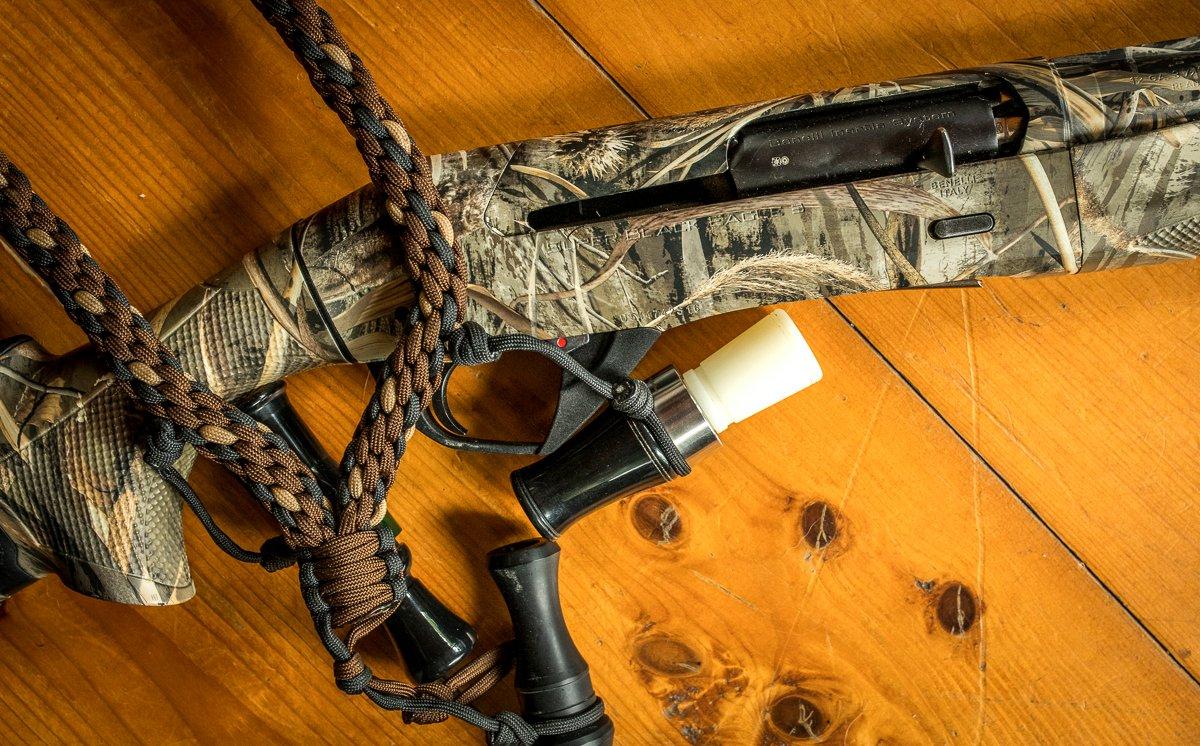It never hurts to have a few extra firearms, but if you're a hunter and limited to just five, these are the ones you really can't live without
If you're like me, you'd own 20 or more rifles, shotguns, and handguns, however many you could afford. But truth is, to have a blast shooting targets and hunting every species of bird and animal across America, you really only need five firearms. And those are the ones we're talking about here.
In this discussion, we'll focus on the generic qualities and some specs of the five categories of guns. When you're ready to buy, do your research on Google and at your local gun shop to find the brands and models that match your style and fit your budget.
A .22 Rifle
Every man, woman, and child on Earth needs a good old .22 rifle. Well, so long as they're properly trained in firearms handling and safety. Whether for plinking on the Back 40 or potting a mess of squirrels in October, a .22 rifle is the gun most of us learn on. It's the first gun you need to get into your kid's hands as soon as he or she is ready to join our shooting fraternity.
Relatively quiet to shoot and with no recoil, a rimfire rifle is the perfect tool for young or new shooters. For those of you who have been hunting awhile, think of a .22 as the perfect understudy for your deer rifle. You can go to the range several times a year and comfortably shoot a scoped .22 rifle all day long to fine-tune your sight picture, breathing, alignment, and trigger control. There's no better practice for the upcoming whitetail season.
(Don't Miss: Has the .30-30 Really Killed the Most Deer?)
The .22 LR has long been the most popular cartridge in America, and today's rimfire rifles are of the best quality yet. No matter your preference or budget, there's a sweeting-shooting bolt-action or autoloader for you.
Which one? I like a bolt because it simulates my deer rifles, but I've got to admit that a .22 autoloader with a capacity of 10 or more cartridges is a lot more fun to shoot.
A Deer Rifle
I could write for days about deer rifles, but here I'll simplify things: Any centerfire rifle that shoots a 140- to a 180-grain bullet accurately out to 250-300 yards is a good choice for hunting any species of deer anywhere in North America.
Five calibers you should consider: .270, .308, 7mm-08, .30-06, and 7mm Rem. Mag. There are many more adequate cartridges out there and new rounds popping up every so often, but go with one of the aforementioned and proven five, and you'll be happy.
I have three favorites:
- .270 Winchester: As hunting cartridges go, the .270 is a plenty accurate round with manageable recoil. The less that a rifle kicks, the better people shoot and hunt with it, no question. While the perfect caliber for whitetails, the .270 with a 140-grain bullet is fine if you get a hankering to go West for mule deer.
- 7mm-08 Remington: Overlooked by too many hunters, this round is accurate, easy to shoot, and has minimal recoil, making it an especially good choice for young hunters. I use mine to hunt Texas whitetails every year.
- .30-06 Springfield: If you want more power and can handle more recoil, you can't go wrong with the time-proven .30-06. If you choose a bolt-action that fits you well and feels comfortable and snug on your shoulder and cheek, the recoil of an '06 actually isn't that bad. With good 180-grain bullets, you can hunt every hoofed mammal in North America, including elk and moose, with a .30-06.
(Don't Miss: 5 Tips for Rifle Shooting Accuracy)
Regardless, definitely go with a bolt-action. While some rifles will shoot better than others right out of the box, any new bolt gun you purchase will be more than accurate enough for deer hunting. All you really need is a rifle/scope/ammo combo that will shoot a 3-shot group that measures 2 inches or less at 100 yards. That's a bar easy to meet, and most modern rifles with good scopes shoot better.
Final thoughts: Barrels on today's hunting rifles are typically 22 or 24 inches; either is fine. Lightweight synthetic stocks are tough, look OK, and shed rain. Many rifles come from the factory with trigger pulls of 5 pounds or more. You will shoot better with a crisp-breaking, 3 ½- to 4-pound trigger. Have a qualified gunsmith measure the trigger and lighten the pull if necessary.
(Is it Safe to Hunt with Old Ammo?)
A Bird Gun
Bird Gun is our Southern term for a wood-stocked, lightweight, sweet-handling 12- or 20-gauge shotgun that is perfect for breaking clay pigeons and shooting a limit of quail, doves, or pheasants.
We're talking semi-auto or over/under with a 24- to 26-inch barrel(s) fitted with removable choke tubes. Skeet, Improved Cylinder, and Modified are the top tubes you'll need and use. Many guns have 3-inch chambers, but you'll be shooting mostly 2 ¾-inch shells from this gun (usually with No. 6, 7 ½, 8 or 9 shot).
(Killer Buy Alert: Men's Realtree Turkey Flag Short Sleeve Gray Shirt)
A bird gun is the cream of the crop of this collection, and it will run you $1,000 to $2,000 or a bit more. Shop around and check out the used gun rack at your local gun shop. Think of it as a lifelong investment; a gun you can pass along to one of your kids.
But you need a fine shotgun to get the most enjoyment out of your wing-shooting, be it for clay pigeons or live feathers. If you'll shoot mostly skeet and clays, I'd recommend a 20-gauge. If you'll hunt a lot of doves, grouse, and definitely pheasants, I'd go with a 12.
You could screw a Full Choke tube into your bird gun and use it to kill a turkey or a limit of mallards — I've done that a bunch of times — but there is a better choice of gun for that.
A Magnum Shotgun
While not a gun you'll shoot every month, you need a heavy-duty 12-gauge magnum in your safe. It's the ticket for turkey hunting in the spring, and a workhorse for waterfowling in fall and winter. It should be a pump or semi-auto, chambered for 3- and 3 ½-inch shotshells, with synthetic stock and cloaked in Realtree camo. If you'll hunt mostly waterfowl, go with a 26- or 28-inch barrel. While that same barrel will work fine for gobblers, many of today's specialty turkey guns have 21- or 22-inch barrels, which are easier to carry and maneuver in the woods. A variety of choke tubes for either steel or turkey loads are available in any gun you choose.
(Don't Miss: The Benelli Super Black Eagle: One of History's Great Duck Guns)
An All-Purpose Handgun
I've been shooting a lot of handguns lately, mostly for the fun of it, but also because I want to be proficient with a pistol and ready to protect my family and property.
For ease of use and dependability, you can't beat a double-action revolver. Load up, aim at the target and pull the trigger five or six times until the gun is empty. There are snub-nosed revolvers up to large-frame magnum revolvers, but for most, a medium-frame gun with a 4- to 6-inch barrel chambered in .357 Magnum (from which you can also shoot .38 Special, but not vice versa) is about right.
(Don't Miss: 5 Things to Know About Muzzleloader Accuracy)
I started out with revolvers and still use them, but these days I do most of my shooting with a semiauto handgun. A semi-auto in 9mm, .40 S&W, or .45 ACP (three of the most common calibers) holds more ammunition than a .357 revolver, is faster to reload, and typically recoils less. Plus, most of them have better triggers and are easier for new users to shoot. Personally, I shoot a full-size .45 ACP double-stack that measures 7½ from the rear of the slide to the muzzle. My wife shoots a smaller, lighter version of the same gun in 9mm. For a day at the range, running 10- to 13-round magazines through semi-auto handgun is about as much fun as it gets.
A semiauto pistol does require more thorough and frequent cleanings than a revolver, but I look at that as a good thing. It makes you learn your weapon — how to dissemble it, clean it, and reassemble it after every shooting session. That builds confidence, and makes you safer, too.
Summary
Once you've amassed these five firearms, you have the tools needed to hunt just about any critter that walks or flies in North America. You're ready to plink paper or metal, and powder clays. Have peace of mind, because you're set for both personal protection and fun.
Now go out and have fun, shoot straight, and be safe.













